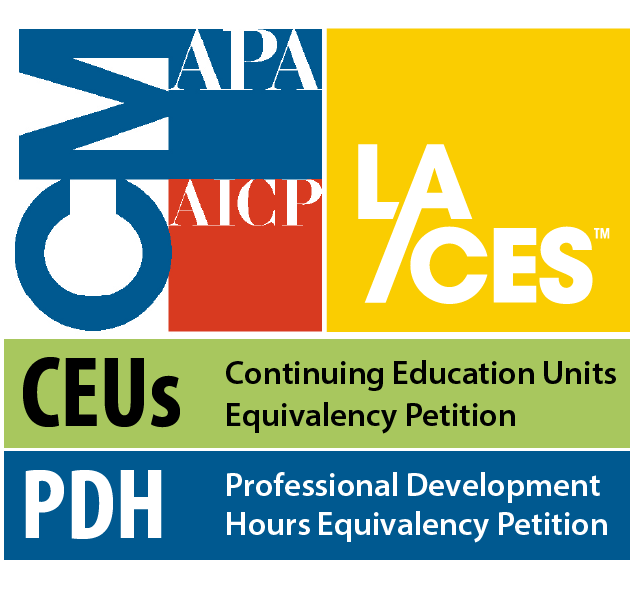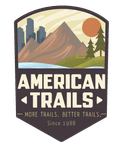Robert Kauffman
The webinar will discuss the distinction between access versus accessibility and will discuss and show examples of increasing trail access and accessibility by focusing on four areas using a DEIAB lens: Information, Language, Experience/Environment, and Authenticity.
Webinar Outline
The difference between access and accessibility isn’t well understood, but the distinction matters a lot for trail users with disabilities. Confusion about these terms can lead to spaces being presented as accessible when they’re actual inaccessible. It can also create confusion among organizations and trail users about what exactly “accessible” means. The webinar would discuss and show examples of increasing trail access and accessibility by focusing on four areas using a DEIAB lens: Information, Language, Experience/Environment, and Authenticity.
Learning Objectives:
- Clarifying the meaning of accessible
- Increasing knowledge and awareness on how to provide better experiences on accessible trails.
- Understand ways to increase both access and accessibility
Trail Competencies
-
Relevant Trail Types
General. All trail types are relevant.
Learning Credits and CEUs

Learning credits will be available to attendees and are included in the registration fee. The length of the session will determine the number of hours/credits given. In order to obtain credits, attendees must fill out an evaluation survey for each session they attend, as well as complete a learning credit tracking form noting each session they are requesting credits for (or a quiz if virtual). This form (and complete instructions) will be available online as well at registration. Email the conference host or [email protected] with any questions.
American Trails is a certified provider and can offer the following learning credits and continuing education opportunities: AICP CM, LA CES (most HSW approved), NRPA CEU Equivalency Petition, and CEU/PDH Equivalency Petition for other accepting organizations.
You may also like
Related Upcoming Trainings
This training has been viewed 612 times.
